Discovering your first grey hair is generally seen as a clear sign that you're getting older, just as hair loss or thinning hair. In our societies, where there is a tendency to stigmatise 'the old', women and men are not - in this respect either - equal. Misogynistic clichés die hard, even though a growing number of women are deciding to embrace their grey or white hair in style, preferring to play the authenticity card (towards themselves and others) rather than that of appearances.
Not always easy to cope with, grey hair can occur at a very early age in both men and women. Depending on how quickly the natural process of depigmentation progresses, hair can quickly become completely white or remain as close to its original colour as possible, even at an advanced or very advanced age. Internal causes (genetics, family heredity, ethnic origin) and external causes (environmental, lifestyle) contribute to what is known as canitia or hair whitening.
Why do we get white hair?
White hair is hair that no longer contains pigment. It is not dead, however, and will follow the same evolution as hair that has kept its colour. The gradual bleaching of hair is a natural phenomenon linked to the ageing of the body. There is no documented correlation between hair whitening and hair loss.
With age, the melanocytes - the stem cells responsible for producing coloured pigments - located in the hair follicle disappear. The hair follicle ends up producing hair that is devoid of colour. For some people, this phenomenon can appear extremely early, even as young as 16-17, and is known as early canitia, whereas for others, it will be so slow and gradual that coloured hair will still be largely present when they are 80 or 85.
There are two main factors involved in the hair whitening process: genetics and stress.
The gene responsible for grey hair discovered? It's possible according to a scientific investigation published just over ten years ago. According to these researchers, the IRF4 gene is also responsible for the light colour (blonde or red) of hair, which could explain why Europeans in the broad sense ("Caucasians") not only have hair that turns white relatively early, but also why a larger proportion of individuals are affected by the phenomenon.
These results suggest that genetic research could one day help reverse the trend and contribute to hair re-pigmentation.
The hereditary factor also comes into play at a very simple level: if your parents have a lot of grey hair, then it's quite possible that you do too!
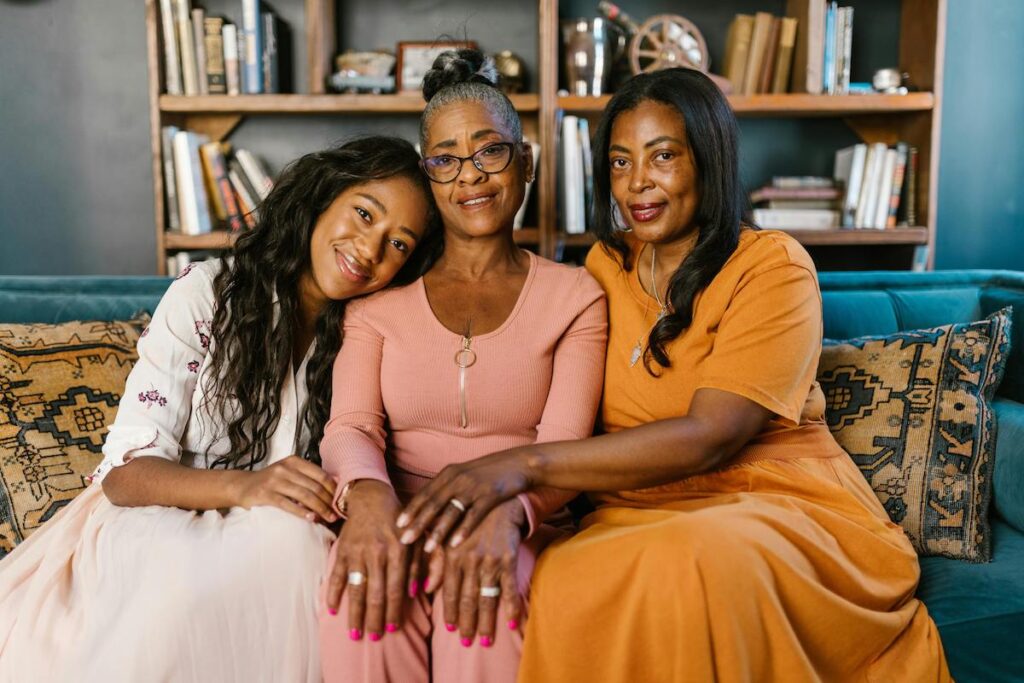
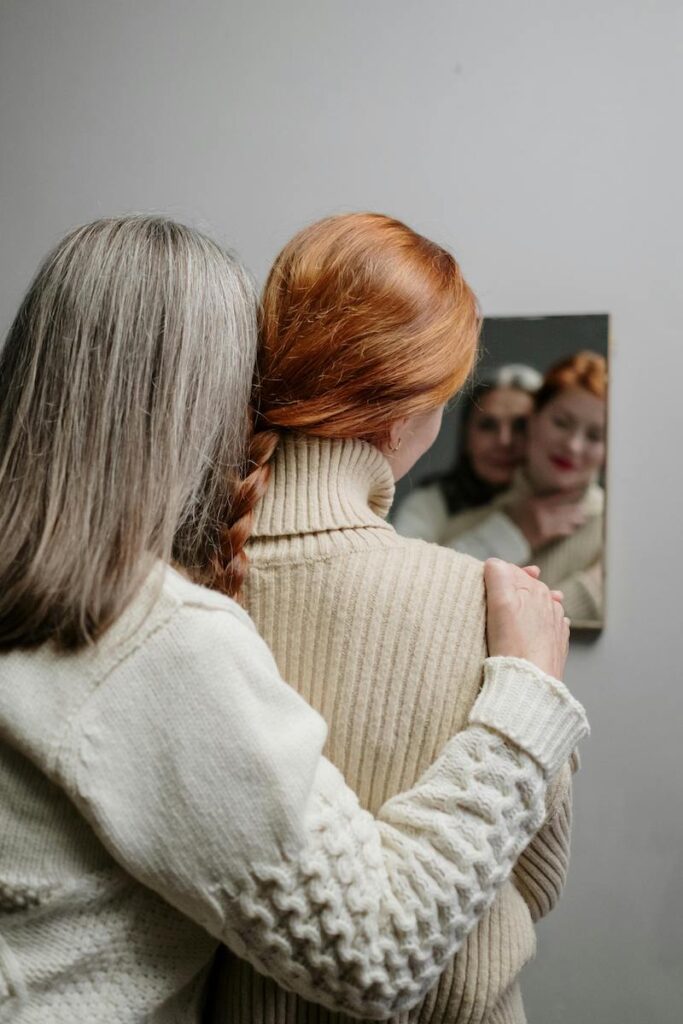
Heredity and grey hair
An American study has scientifically demonstrated that stress has a negative impact on the stem cells responsible for hair pigmentation. More specifically, this team of researchers has identified a nervous system neurotransmitter called noradrenaline, produced by the adrenal glands, as the major trigger for the disappearance of melanocytes and therefore the appearance of white hair, even in non-stressed subjects.
In the event of stress, discolouration is even more rapid and significant. Stress studied: physical pain, psychological or emotional stress.
Now that this neurotransmitter has been identified, who's to say that we can't work towards the return of melanocytes to the hair follicle, and therefore a re-pigmentation of the hair? There's every reason to be hopeful!
Question: what about the intense stress that is said to have caused Queen Marie-Antoinette's hair to turn white in the 1 night before her execution? Although no irrefutable proof can be provided, some people have put forward a scientific and rational explanation for this sudden canitia: we know that alopecia is an auto-immune disease that causes hair loss in whole or in part. It is possible that the sudden whitening of the hair is an 'intermediate' stage of this still largely unknown disease, although it is highly unlikely that this depigmentation appeared in just a few hours.
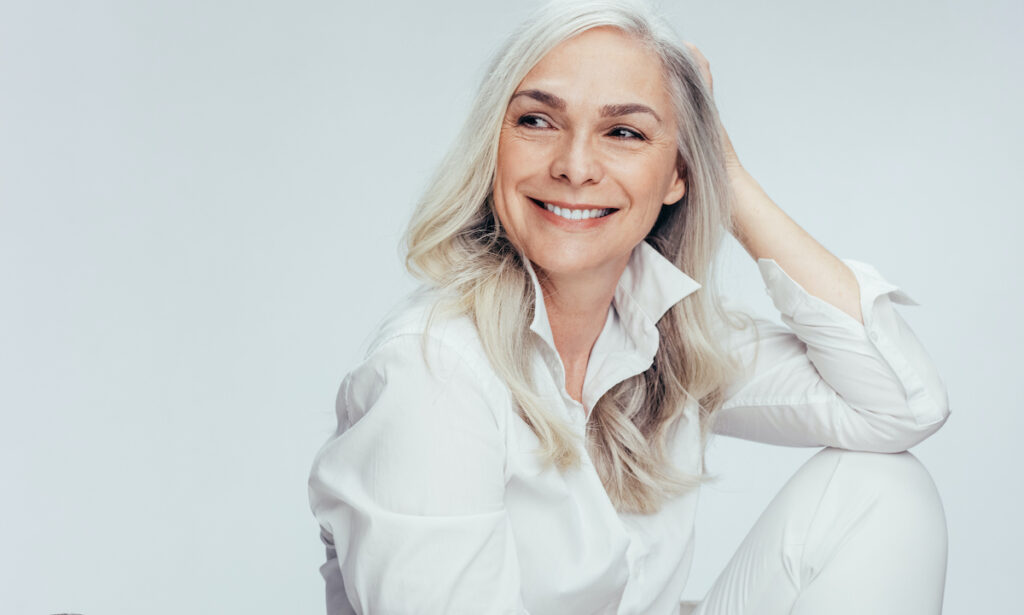
Marie-Antoinette syndrome: a myth!
As with any living organism, aggravating factors such as a drop in immune defences, vitamin deficiencies and a deficient and/or unbalanced diet will have an impact on the hair follicle's ability to produce beautiful, colour-preserved hair.
There are many causes for the appearance of grey hair, and environmental factors (pollution) and health factors that can disrupt healthy hair growth should not be overlooked. For example smoking would increase the likelihood of grey hair because there is a link between the fact that smoking inhibits the absorption of certain vitamins, including those in the B group, which are essential for healthy hair growth.
Grey hair: at what age?
Although we generally start to see our first grey hairs appear after our thirties (a little later for Asians and more often after our forties for Africans), it's not unusual to see young people in their twenties sporting salt-and-pepper hair. In fact, if your parents had grey hair before the age of 30, it's likely that you will too.
Grey or white hair: taking care of it
To look after your grey hair, it's important to know its characteristics.
A white hair is a hair like any other: yes and no.
Hair, even without pigment, follows a universal life cycle (cf. hair life cycle) and can be affected by 'classic' hereditary and environmental factors.
However, it will look different to pigmented hair and appropriate care is essential to protect it and maintain its natural beauty.
Not all hair becomes uniformly white, and this is one of the difficulties in keeping the whole head of hair in good health, looking silky, toned and luminous.
Above all, tweezers are not going to solve the problem, as hair will inevitably turn dark grey, then light grey and perhaps completely white. It's impossible to keep up, especially as plucking out hair one by one has a devastating effect on its life cycle by prematurely depleting your hair capital.
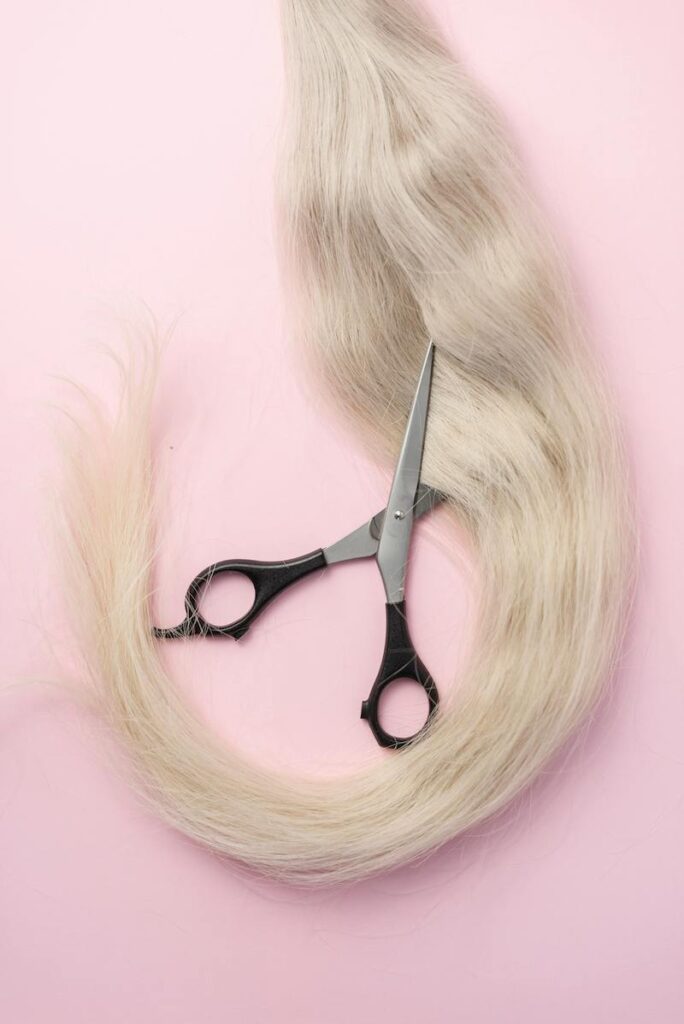
With the right care, there's no need to cut everything!
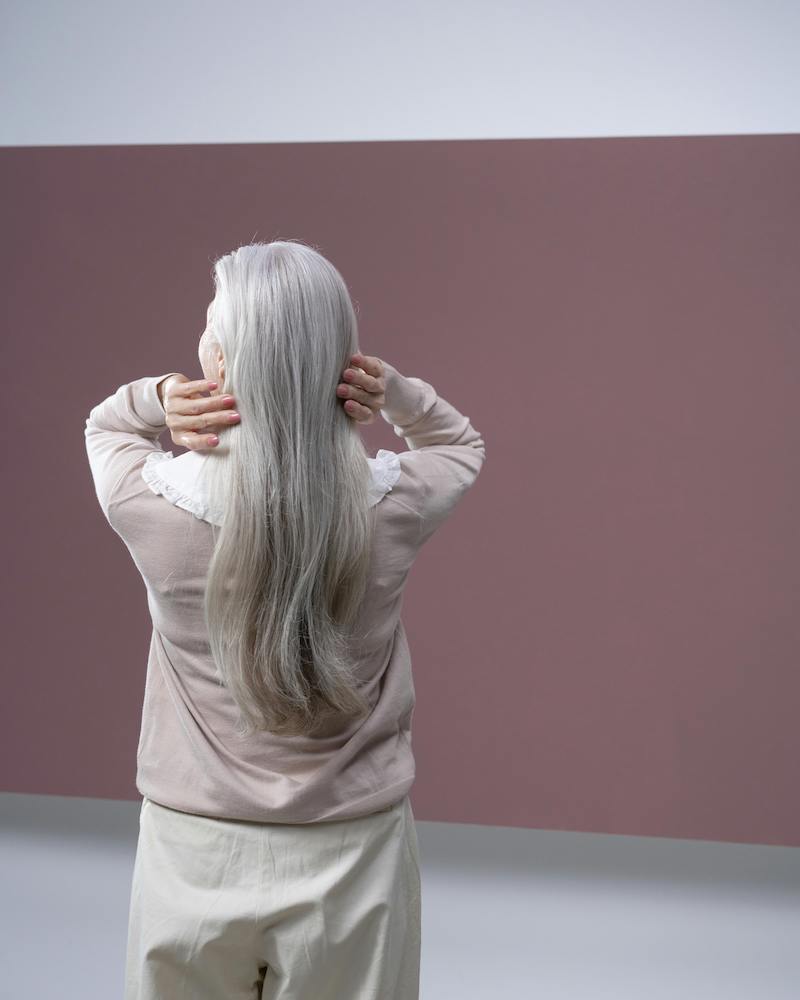
Hair texture generally changes when the majority of hair turns white: over time, cell renewal slows down, the sebum naturally produced by the sebaceous glands becomes rarer and hair becomes drier. At the same time, the pigments that used to protect the cuticle disappear and the hair is left at the mercy of external elements: pollution, dust, heat from styling tools, etc. More fragile, duller because its scales are no longer smoothed by sebum, the hair also becomes rougher. It can also become thicker or thinner, start to frizz and become brittle.
In this case, there's only one rule: adapt your hair routine!
Gentle brushing,regular anti-yellowing treatment, weekly nourishing hair mask to keep the hair fibre hydrated.
Just because your hair is white doesn't mean it should be left fallow - it can be left long but, as always, it needs to be looked after carefully to avoid a dreaded neglected look. If you're already a fan of hair care, don't relax. If not, now is the time to start a new life for you and your hair.

